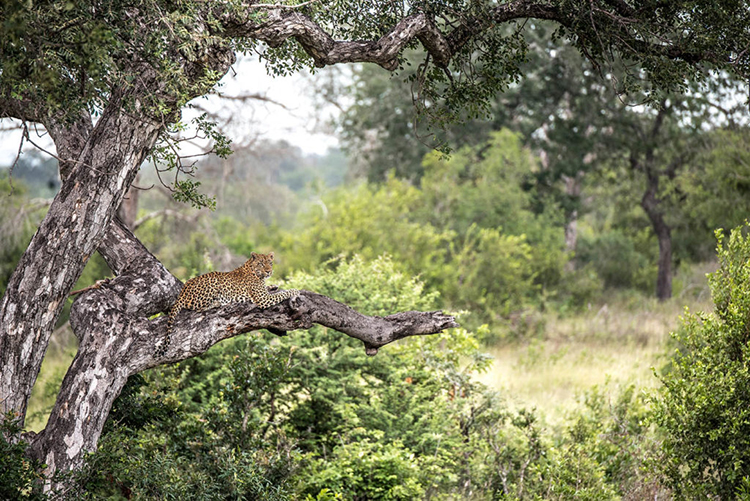Written by Amy Attenborough of the Londolozi Media Team, who also has immense field-guiding experience at the lodge. Published first here.
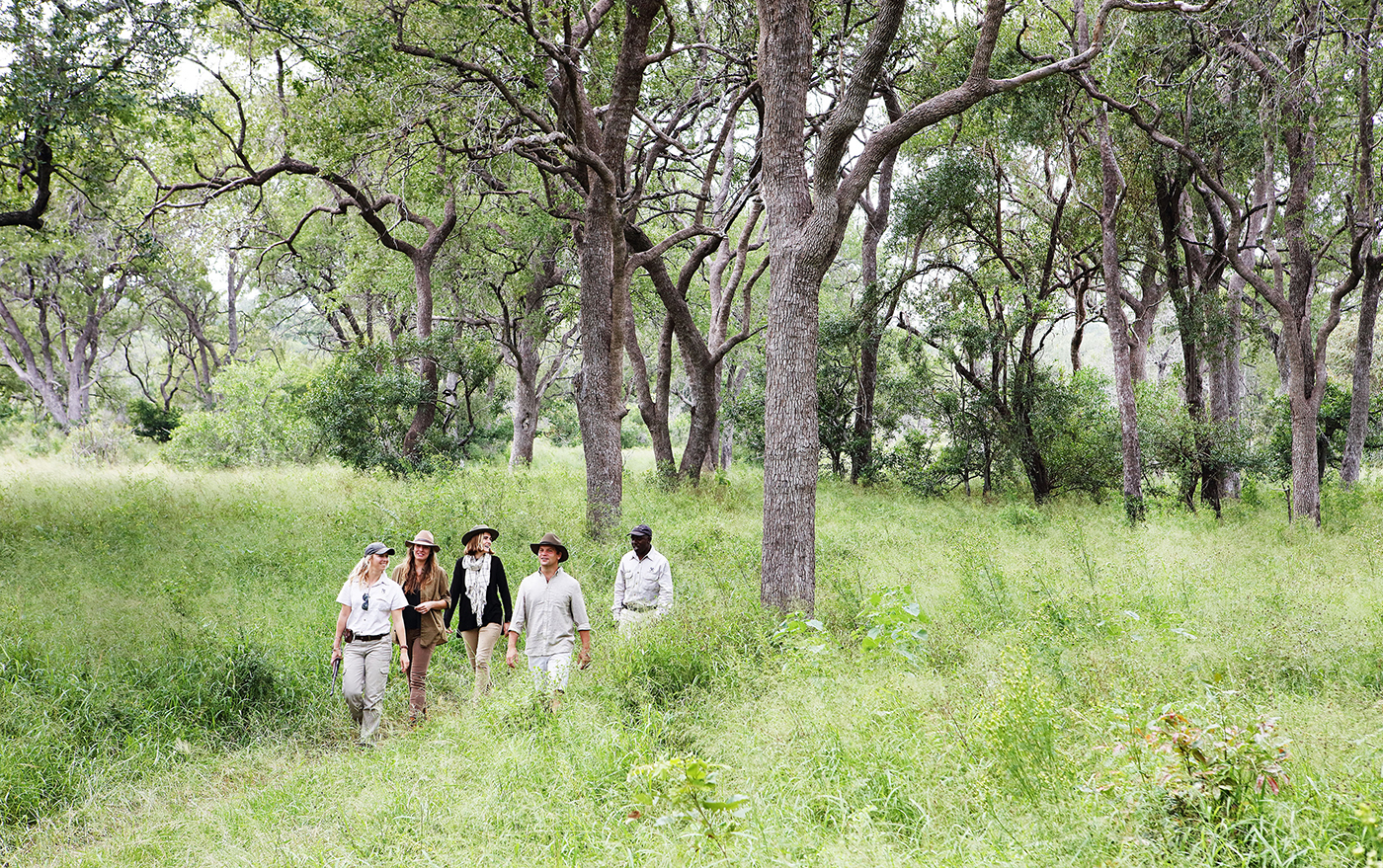
Where trees breathe
New life is born
Where each branch reaches out to me
I know myself held in the arms of purest generosity
Where the leaves fall I am blessed with a giving back
that nourishes the roots of my soul
For the trees reflect who and how I can be
Standing tall, true, honest and undeniably me
Unafraid to love, to give, to share and to bend
So I bless the forests
As I learn from them
~ Clare Dubois
I’ve always had a rather bizarre affinity for trees. Growing up I didn’t speak much about it though. The only people that seemed to connect with trees were somewhat unfairly labelled as ‘greenies’ or ‘tree huggers’ and I wasn’t sure I fitted into a label. I thought maybe I liked trees more than other children because I had an aunt who took me under her botany wing and shared her immense knowledge with me from a very young age. Then one day I just decided that I didn’t need a reason to love them. I accepted that I was just a kind of tree architecture enthusiast; someone who admired their design, their towering beauty and most importantly, the way they made me feel.
This was until I heard about ‘forest bathing’.
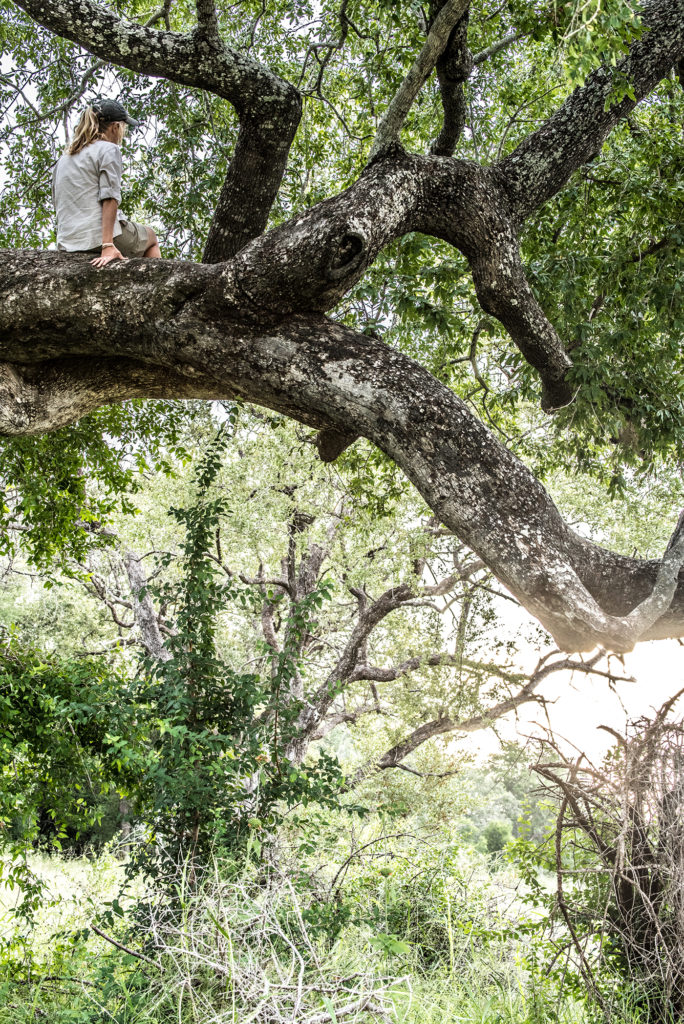
Japanese forest bathing, also called shinrin-yoku, literally means “taking in the forest atmosphere”. In Japan, there is an entire sub-culture based around spending time with trees. What’s more is that this seemingly simple activity has been scientifically proven to improve health. In 1982 the Japanese Government actually introduced a national health programme based on it, with far reaching effects. All it requires is quiet contemplation around the trees.
The ‘aim’ of the walk is not to exercise or hike but rather to take a gentle, mindful stroll through your natural surrounds and to be open to the full experience of the forest, allowing all your senses to be engaged. If needs be, find a spot that feels good to rest in and allow yourself to be awed. This gentle practice is yet another access tool to greater mindfulness and an example of the healing modalities that the west is slowly adopting from the east.
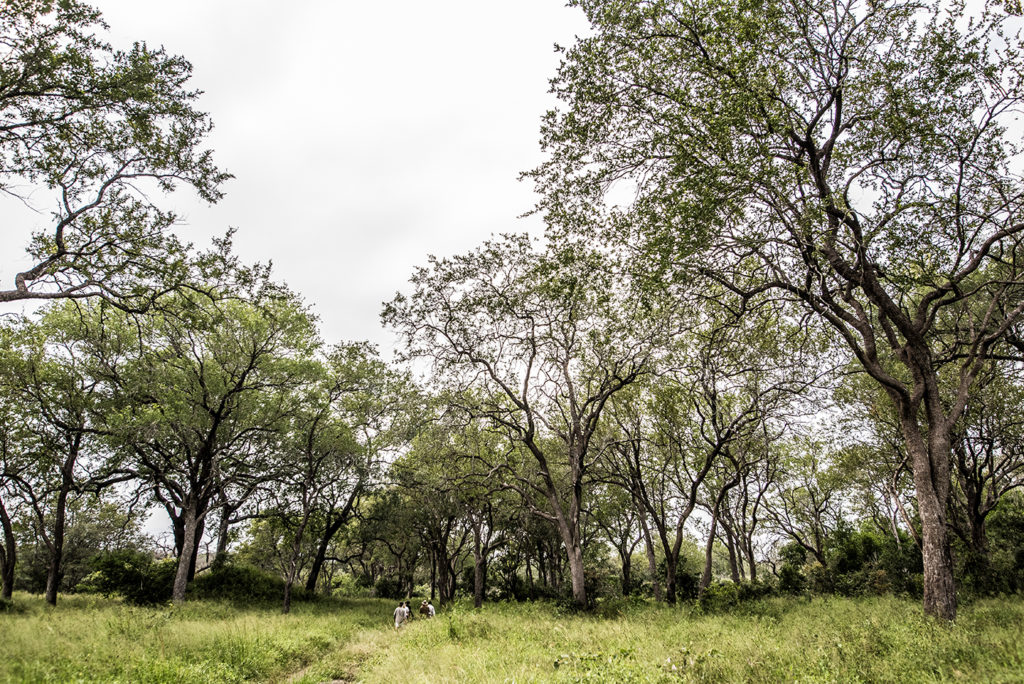
It sounds simple because it is but the health benefits are huge. Trees actually emit an oil, called phytoncides, as protection from germs and insects, and these oils are proven to help our immune systems. These organic compounds that the trees give off support our “NK” (natural killer) cells. These cells provide rapid responses to viral-infected cells and respond to tumour formation, and are associated with immune system health and cancer prevention.
Qing Li, a professor at Nippon Medical School in Tokyo, measured the activity of these NK cells in the immune system before and after exposure to forests. In her 2009 study, Li’s subjects showed significant increases in NK cell activity in the week after a forest visit, and positive effects lasted a month following each weekend in the woods.
Time in these forests also proved to lower heart and blood pressure levels, reduced stress hormones, reduced levels of depression and increased physical energy.
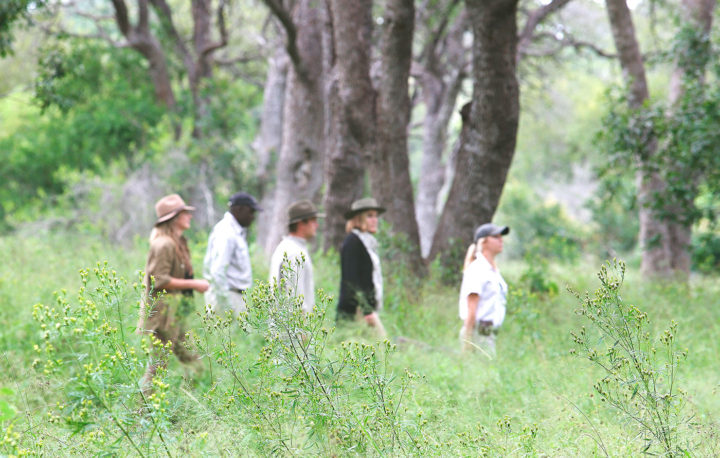
John Muir wrote, “thousands of tired, nerve-shaken, over-civilised people are beginning to find out that going to the mountains is going home. Wilderness is a necessity.” And now we know why… People literally get better just by being amongst trees.
So the next time you feel more lured to sit in the shade of an ancient Mahogany rather than tracking down a leopard, or taking a wander through your nearest park instead of visiting the downtown coffee shop, know that there’s nothing strange about you. You’re possibly doing the very best thing you can for yourself, your health and your well-being. There is a part of every single one of us that feels at home in nature, so allow yourself to go home every once in a while.

